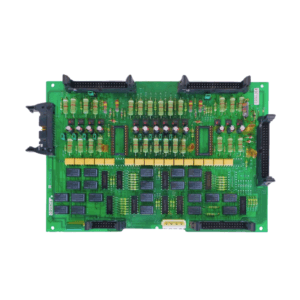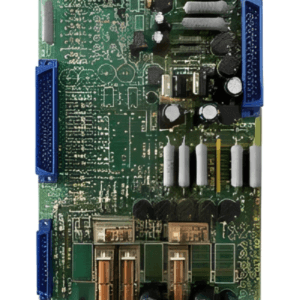Overview of the ADI-080/043 Wind Indicator
The ADI-080/043 Wind Indicator is a sophisticated instrument designed to provide pilots and navigators with accurate assessments of wind direction and speed. This device is particularly valued in both the aviation and maritime industries, where understanding aerodynamic and hydrodynamic forces is crucial for safety and operational efficiency. One of the standout features of the ADI-080/043 is its advanced technological design, which incorporates innovative sensors and algorithms to deliver real-time data. This allows users to make informed decisions based on current atmospheric conditions, significantly enhancing flight and navigation safety.
In addition to its technological prowess, the ADI-080/043 boasts a user-friendly interface that simplifies the process of data interpretation. The display is engineered for clarity, allowing pilots and navigators to quickly ascertain wind conditions at a glance. Furthermore, the compact yet robust design of the device ensures that it can withstand the rigors of both aerial and marine environments, making it a versatile tool for various applications.
Accurate wind readings are essential for flight safety, as they influence everything from takeoff and landing to in-flight maneuvers. In maritime contexts, knowing wind conditions is critical for navigation and managing the performance of vessels. The ADI-080/043 Wind Indicator is particularly advantageous over traditional models due to its enhanced accuracy, faster response times, and improved reliability, which contribute to optimizing operational performance.
This wind indicator is also designed to minimize maintenance needs, further appealing to professional users who require dependable, long-lasting equipment. Its versatility, combined with cutting-edge technology and ease of use, positions the ADI-080/043 as an essential tool for modern pilots and navigators striving for excellence in their fields.
Installation and Maintenance of the ADI-080/043
The installation of the ADI-080/043 Wind Indicator is critical for ensuring accurate data collection and optimal functionality. To begin with, proper site selection for mounting the device is essential. It is recommended to install the wind indicator on a stable surface, away from obstructions that may affect wind measurements, such as buildings or trees. A height of at least 10 meters above ground level is typically ideal to minimize turbulence and enhance the reliability of the readings.
Regarding the power supply, the ADI-080/043 requires a consistent voltage source, typically ranging between 10 to 32 volts. It is crucial to ensure that the power supply is reliable and meets the specifications outlined in the user manual. After establishing an appropriate site and power source, securely mount the unit using the provided hardware, making sure it is firmly attached to withstand environmental factors.
Regular maintenance is key to prolonging the longevity and accuracy of the ADI-080/043. Users are advised to perform calibration checks at regular intervals, particularly after installations, or whenever the device experiences significant environmental changes. Calibration can often be carried out by following the procedures outlined in the manufacturer’s documentation, ensuring that the instrument maintains its accuracy over time.
Cleaning is another important maintenance task. It is recommended to inspect the device regularly for dust and debris accumulation, particularly on the sensors. A soft cloth and mild detergent are suitable for this maintenance task. Additionally, users should take care to verify all wiring connections periodically to prevent any issues due to corrosion or wear.
In summary, adhering to proper installation techniques and conducting regular maintenance checks are essential practices to ensure the optimal functioning of the ADI-080/043 Wind Indicator. Always follow manufacturer guidelines and prioritize safety during both installation and maintenance processes to enhance performance and user experience.







Reviews
There are no reviews yet.